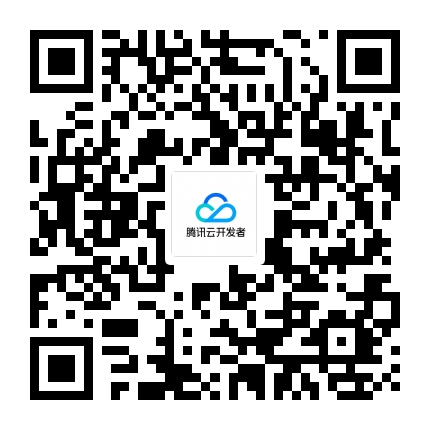java 去除第一个字符
在Java中,去除字符串的第一个字符可以通过多种方式实现。以下是几种常见的方法:
方法一:使用 substring 方法
public class Main {
public static void main(String[] args) {
String str = "Hello, World!";
if (str != null && !str.isEmpty()) {
String result = str.substring(1);
System.out.println(result); // 输出: "ello, World!"
}
}
}优势:
- 简单直观。
- 性能较好,因为
substring方法在内部只是创建了一个新的字符串引用。
应用场景:
- 当你需要快速去除字符串的第一个字符时。
方法二:使用 StringBuilder 或 StringBuffer
public class Main {
public static void main(String[] args) {
String str = "Hello, World!";
if (str != null && !str.isEmpty()) {
StringBuilder sb = new StringBuilder(str);
sb.deleteCharAt(0);
String result = sb.toString();
System.out.println(result); // 输出: "ello, World!"
}
}
}优势:
- 可以在修改字符串时保持较高的性能。
- 适用于需要频繁修改字符串的场景。
应用场景:
- 当你需要对字符串进行多次修改时。
方法三:使用正则表达式
public class Main {
public static void main(String[] args) {
String str = "Hello, World!";
if (str != null && !str.isEmpty()) {
String result = str.replaceAll("^.", "");
System.out.println(result); // 输出: "ello, World!"
}
}
}优势:
- 灵活性高,适用于复杂的字符串处理。
- 可以通过正则表达式进行更复杂的模式匹配。
应用场景:
- 当你需要根据复杂的模式去除字符时。
注意事项
- 空字符串检查:在去除第一个字符之前,务必检查字符串是否为空或长度为0,以避免
StringIndexOutOfBoundsException异常。 - 性能考虑:对于简单的去除操作,使用
substring方法通常是最快的选择。
可能遇到的问题及解决方法
问题:去除第一个字符后,字符串为空或长度为0。
解决方法: 在进行去除操作之前,先检查字符串的长度:
if (str != null && str.length() > 0) {
String result = str.substring(1);
System.out.println(result);
} else {
System.out.println("字符串为空或长度为0");
}通过这些方法,你可以有效地去除Java字符串的第一个字符,并根据具体需求选择最适合的方法。
相关·内容
扫码
添加站长 进交流群
领取专属 10元无门槛券
手把手带您无忧上云

 云服务器
云服务器 ICP备案
ICP备案 云直播
云直播 对象存储
对象存储 实时音视频
实时音视频
